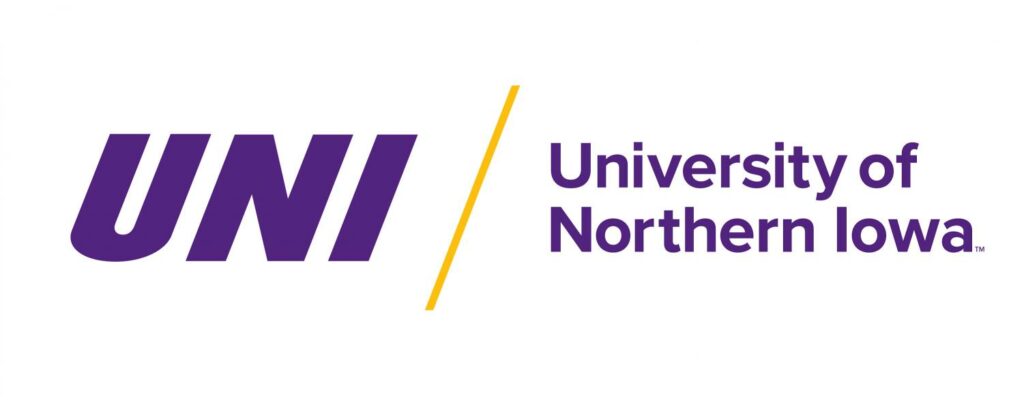D.M. council adopts program to combat blighted properties

KENT DARR Jan 10, 2018 | 7:12 pm
2 min read time
364 wordsAll Latest News, Economic Development, Real Estate and DevelopmentIn the longtime throes of battling decay in some neighborhoods, the city of Des Moines will provide a financial incentive to private and nonprofit groups that agree to rehab blighted properties.
The Des Moines City Council agreed Monday to spend up to $100,000 in the first year of the Blighted Property Rehabilitation Program, which will fall under the purview of the Community Development Department. The program is among a series of efforts city officials have launched to improve housing stock in neighborhoods.
In 2010, the U.S. Census counted 2,100 vacant housing units in the city. The 2012-2016 American Community Survey 5-Year Estimates placed the number at 3,385.
“The problem is pretty extensive,” said Amber Lynch, an urban planner in the Community Development Department who has been at the center of efforts to improve neighborhoods.
The hope is that the new program will trigger more inquiries from developers and investors who are interested in rehabbing the properties, Lynch said.
Interested parties would receive financial assistance for projects involving the acquisition, demolition and/or rehabilitation of vacant, abandoned and/or blighted residential properties, according to a staff report to the City Council.
The city manager can approve up to $50,000 per project, while projects that exceed that amount would need City Council approval.
Projects receiving a financial incentive would have to be completed within 10 to 12 months of the date a contract is signed, with the potential for a six-month extension.
“It’s a baby step in the right direction,” Lynch said.
Rehabilitation funds have been available under the city’s capital improvements program for the last several years, but finding interested investors and developers typically has resulted from issuing a request for proposals. The new program could bring those investors and developers to the city’s doorstep.
“Right now we have a short list of developers or investors on the private side and nonprofit side that work with us frequently and are aware that we have had some funding available,” Lynch said.
The funds for those projects typically came out of federal community development block grants and were controlled by federal guidelines. The blighted properties program could be more streamlined because it will be under local control, Lynch said.










